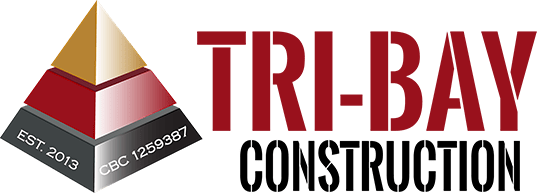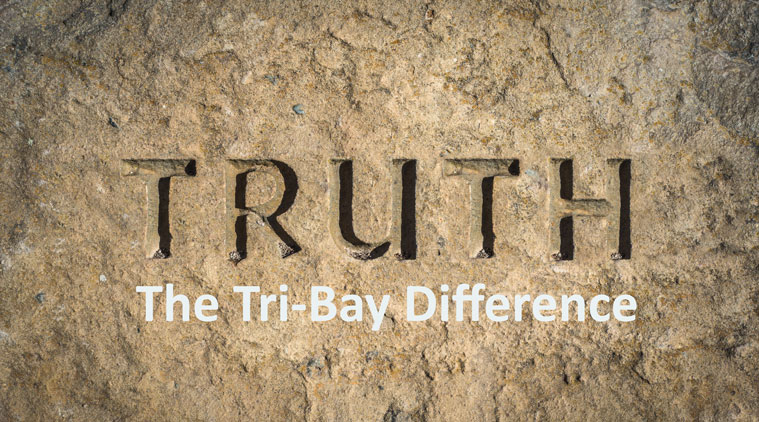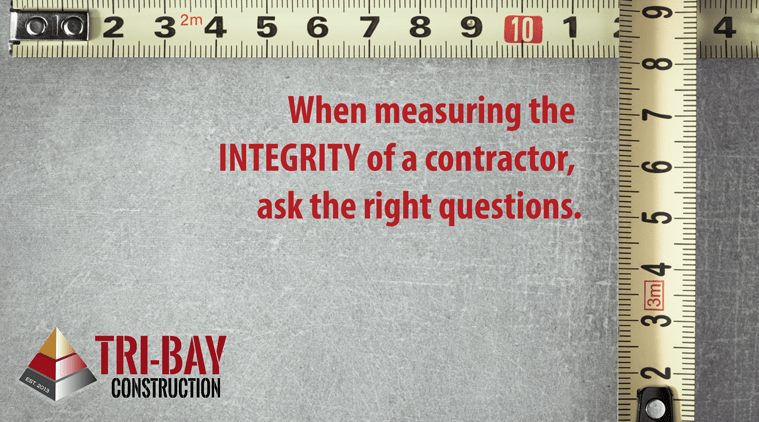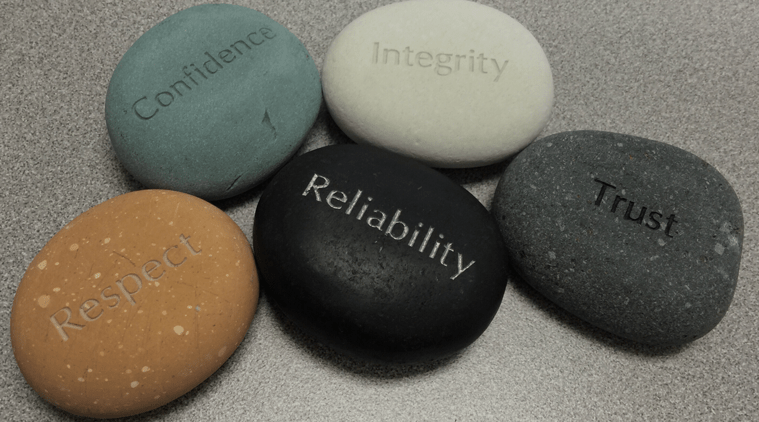We believe the same is true in the construction phase. When a subcontractor treats himself as an island, or worse, when a Project Manager or Field Superintendent allows subcontractors to treat themselves as islands, the results are often expensive and time-consuming. Weekly progress meetings on the site with ALL the subcontractors currently working on the project.
This includes other team members who will be on the project in the following weeks, keeping them in the loop. When the whole understands the needs and the integration of the individual parts, the result is an efficient, well-organized, less costly, and quality project that owners desire. From designers to subcontractors, the entire team is satisfied with their work and proud to sign their names on the project.





